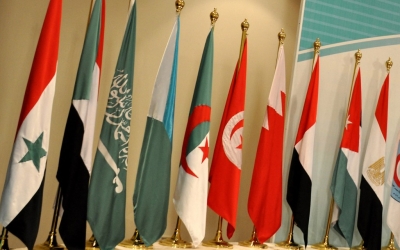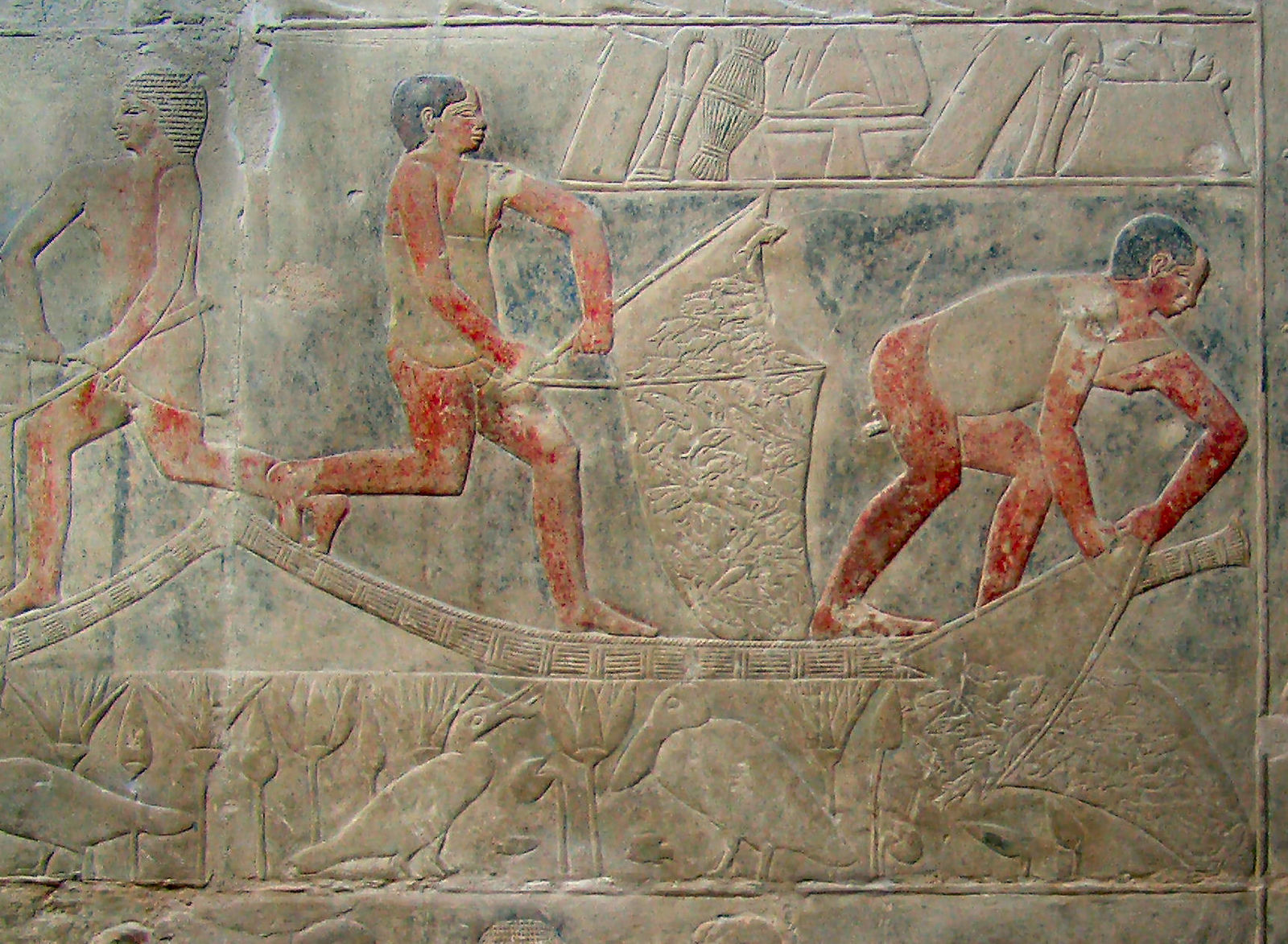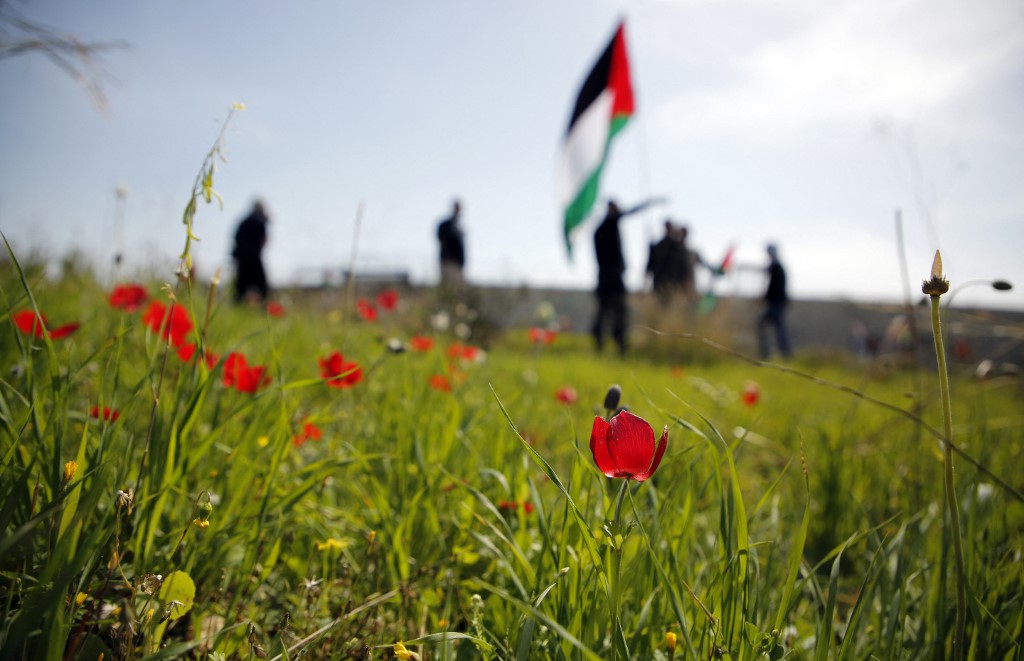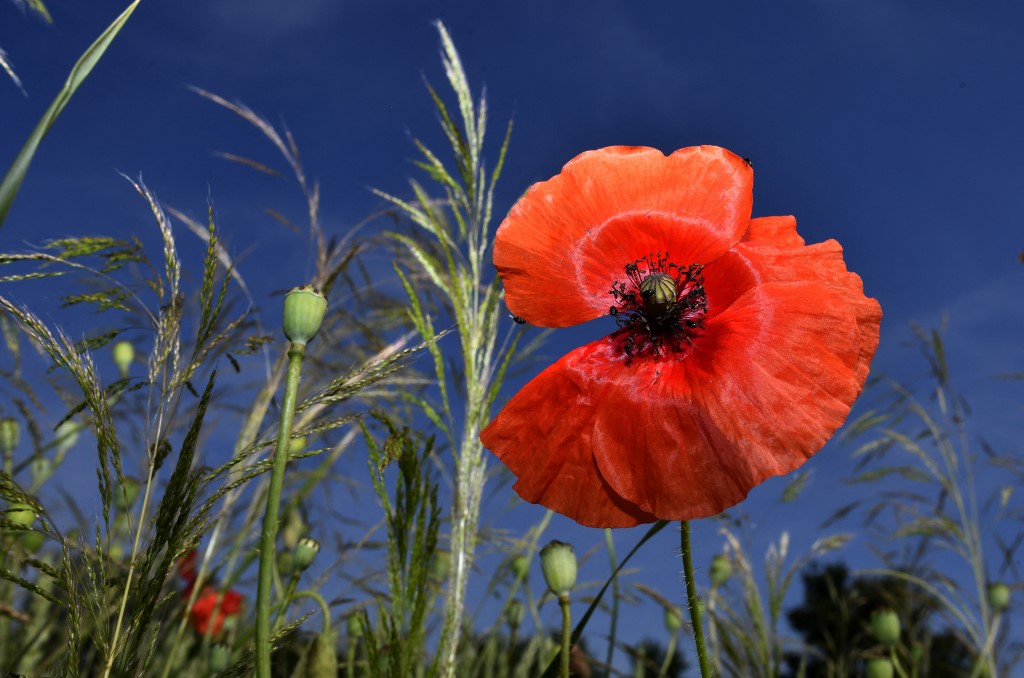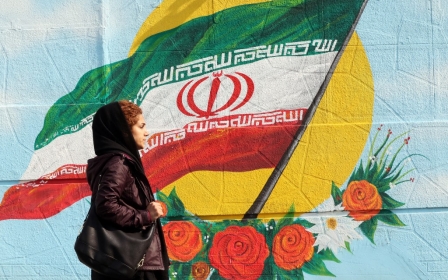Five national flowers from the Middle East and the symbolism they hold

The overwhelming majority of countries have a national flower for reasons as diverse as mythological symbolism to simply being native to a particular region.
In some cases, the associations are historical with the importance of some floral symbols recorded deep in the iron and bronze ages.
New MEE newsletter: Jerusalem Dispatch
Sign up to get the latest insights and analysis on Israel-Palestine, alongside Turkey Unpacked and other MEE newsletters
While not as widely recognised as flags, and light on the heroic legends that build up around national animals, flowers nonetheless feature heavily in poetry and art as a motif representing the nation as a whole.
Here, Middle East Eye explores the national flowers of some countries in the Middle East and North Africa.
1. Tulips, Turkey
Today, tulips are most widely associated with the Netherlands, where they cover acres of land in an array of colours that can be seen from miles away.
However, the flower has only been grown in the country since the 16th century and made its way there by way of the Ottoman Empire.
The empire's successor state, Turkey, has adopted the flower as its national symbol and the Turkish word for "tulip", lale, is also a popular girl's name.
Known formally as tulipa, the word "tulip" comes from the Turkish word tulbent, which itself derives from the Persian word dulband.
The Turkish word means "muslin" and the Persian original means "turban". It is believed that the words became associated with tulips as the flower's folding petals resembled that of folds in a piece of cloth.
Tulips were first cultivated at around the start of the second millennium (CE) in what is now northern Iran.
At around that time, Turkic tribes from Central Asia known as the Seljuks established an empire across much of the Middle East, including Anatolia, introducing the practice of tulip cultivation to the area.
Sultan Mehmed II, the conqueror of Istanbul, wrote of the flower in his poetry and the 16th century Ottoman ruler Suleiman the Magnificent is credited with its large-scale cultivation.
It is said that through the sultan, who like other Ottomans wore the tulip on his turban, the flower made its way to Europe.
While the exact origins of the tulip in Europe are not known, one often recounted story holds that a Habsburg dignitary, Augier Ghislain de Busbecq, the Viennese ambassador to Turkey, was gifted the flowers while visiting Suleiman's court.
The diplomat introduced the tulip to the Habsburg court in Vienna and from there, it made its way to the Netherlands, which was ruled by the dynasty at the time, through a botanist named Charles de l’Ecluse, who conducted studies on the flower.
Today, the Dutch are responsible for 80 percent of the tulip trade, and export the flowers worldwide.
In Turkey, the tulip came to symbolise periods of peace and prosperity. The "Tulip era" between 1718-1730 under the reign of Sultan Ahmed III, represented an age of economic growth and political calm, with carpet factories, the printing press, the arts and international trade flourishing.
The tulip is part of Turkey’s national identity, and can be seen on souvenirs, carved into architecture, as well as on jewellery. Many public parks in Turkey also feature tulip gardens and Istanbul holds a tulip festival every spring, a tradition initiated in 2005.
2. Lotus, Egypt
Sometimes nicknamed "the sacred lily of the Nile", mention of the lotus flower can be traced back to ancient times, including in hieroglyphics, most notably on the wreath found on Tutankhamun.
In one Ancient Egyptian symbol, the sun god emerges from the lotus; the strong fragrance associated with the flower was believed to indicate the presence of a god.
For ancient Egyptians, the flower, which closes up and submerges underwater, then rises and opens again at dawn, became a symbol of rebirth, as well as unity between Lower and Upper Egypt.
The flower was also associated with purity and divinity. During ancient times, it also played a significant role in funerals, where lotus were placed on coffins to symbolise the deceased entering the underworld.
While the flower has delicate petals, it is known for its durable qualities and ability to adapt to different environments. The flower was often used for decorative purposes, in bouquets and in art.
The blue lotus flower was particularly sought after for its perceived role in boosting libido and aiding fertility. Research has since found that a chemical found in the flower, apomorphine, helps relax muscles and relieve anxiety.
3. Poppy, Palestine
The poppy has long featured in Palestinian art and in the spring, the flower blankets fields in the region with its bright red colour.
Featuring all four colours that make up the Palestinian flag, the poppy has come to symbolise resistance and indigenous Palestinian heritage; the rich red also represents the blood shed by those who have fought for the Palestinian nation.
“The poppy symbolises the relationship of exchange and reciprocity between the Palestinians’ life and the land of Palestine, where the Palestinans’ bodies give life to the land of Palestine,” wrote Nasser Abufarha, a Palestinian professor at the University of Wisconsin-Madison in the USA.
Different regions of Palestine have adopted their own names for the flower; in the north, it is called Hannoun, Arabic for "passionate", and in the south, shakik, meaning "brother".
They are also referred to as shaka’ik al Nu’man (the siblings of Numan), which is meant to convey the poppy's blissful characteristics.
Today, the image of a poppy is shared widely on social media by activists in an effort to show solidarity with the country.
4. Jasmine, Syria
Jasmine, a word that originates from the Persian "yasmeen", meaning "gift from God", has been treasured in Syria for generations and still flourishes in the country today.
The country's capital Damascus is nicknamed "the city of Jasmine" because of how common the flower is there, covering walls and found in parks.
With soft white or yellow petals, the flower has been cultivated to make oils used in perfumes and cosmetics for centuries.
The growth and export of the flower, which is native to tropical and subtropical areas of Eurasia and Oceania, once contributed substantially to the Syrian economy until the start of the war in Syria in 2011.
A testament to the flower's cultural significance is the popularity of names like Yasmin or Jasmine, which are derived from the name of the flower.
5. Coffee Arabica blossoms, Yemen
Yemen has no formal national flower but the coffee Arabica blossom is widely associated with the country due to the central importance it has played in the cultivation and spread of coffee.
On the southwestern corner of the Arabian peninsula, Yemen is the first place outside of the Horn of Africa where the bean was grown.
The coffee Arabica blossom is a green shrub with glossy dark green leaves, and star-shaped white flowers, which curl slightly. The plant produces dark green berries, which eventually mature to a deep red shade.
In Yemen, coffee has been part of the country’s tradition for centuries and the bean's first use as a stimulant is dated back to the mid-15th century when it was used by Sufis hoping to spend nights awake in prayer.
The plant is considered a national treasure in Yemen and despite the widespread cultivation of coffee outside of the region, the country holds a reputation for producing good quality crops..
But how much longer the country can continue to grow coffee plants is subject to debate.
In the mountainous regions where the plants typically thrives, yields are getting smaller and smaller every year due to the consequences of climate change and rising temperatures.
This article is available in French on Middle East Eye French edition.
Middle East Eye delivers independent and unrivalled coverage and analysis of the Middle East, North Africa and beyond. To learn more about republishing this content and the associated fees, please fill out this form. More about MEE can be found here.


